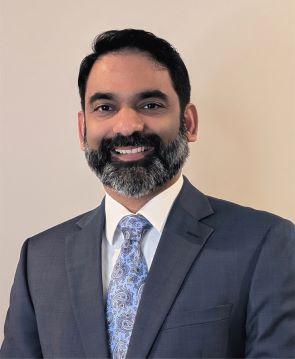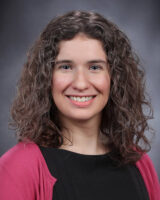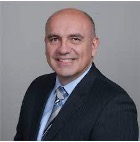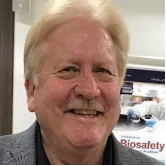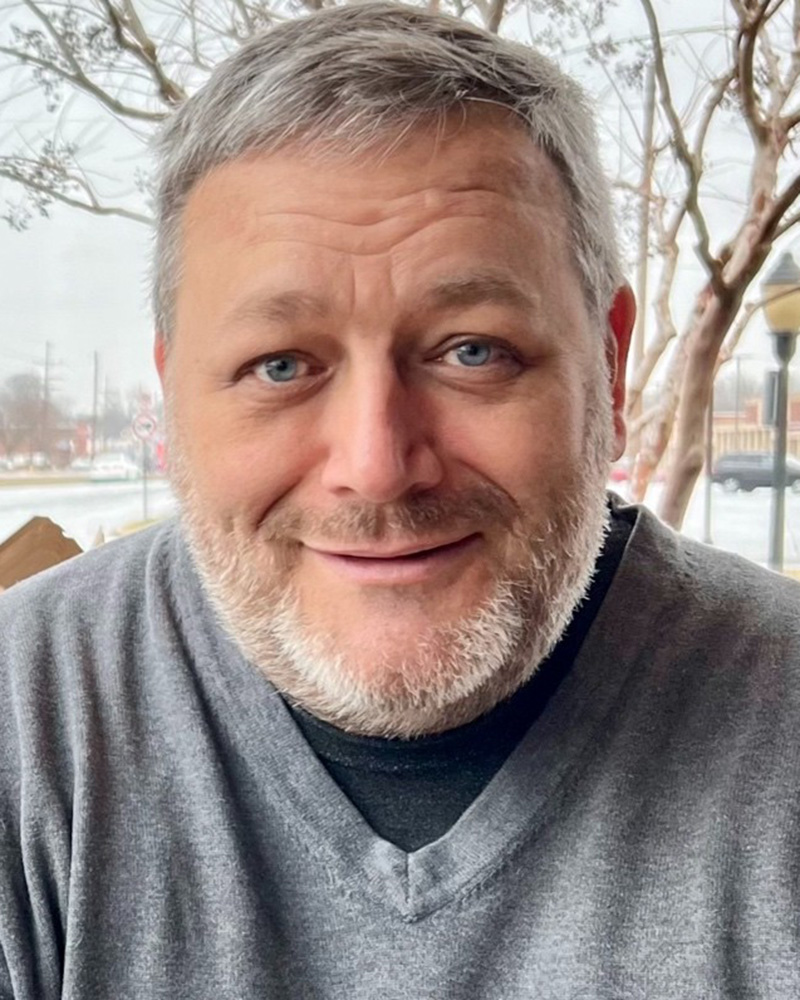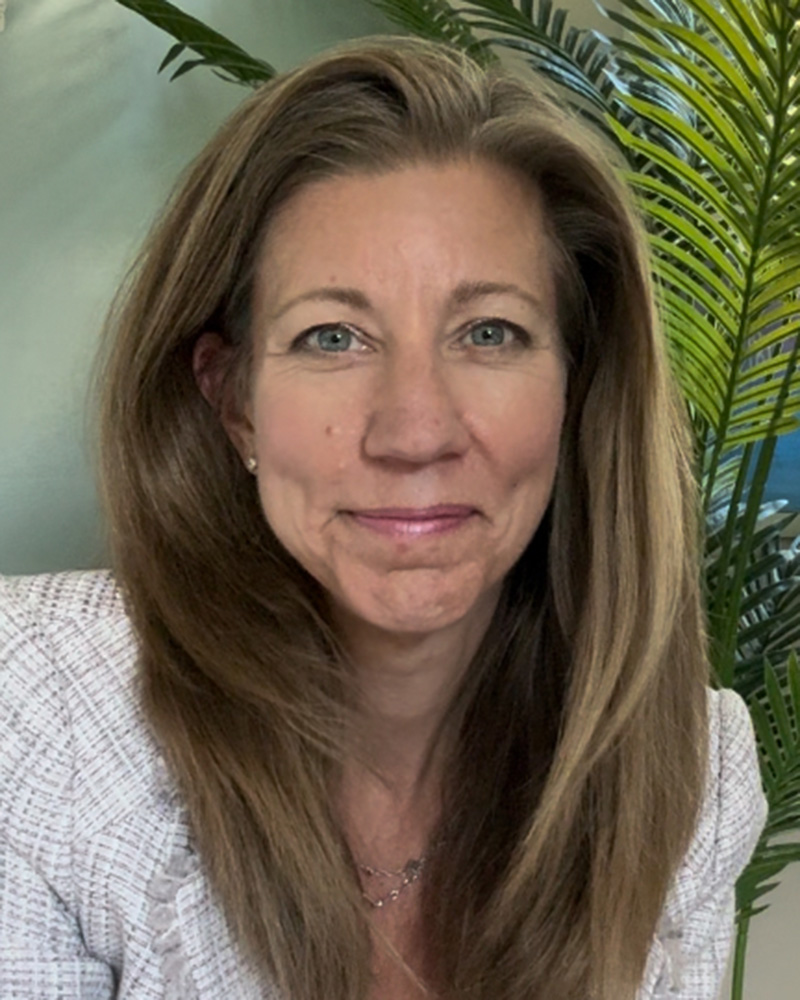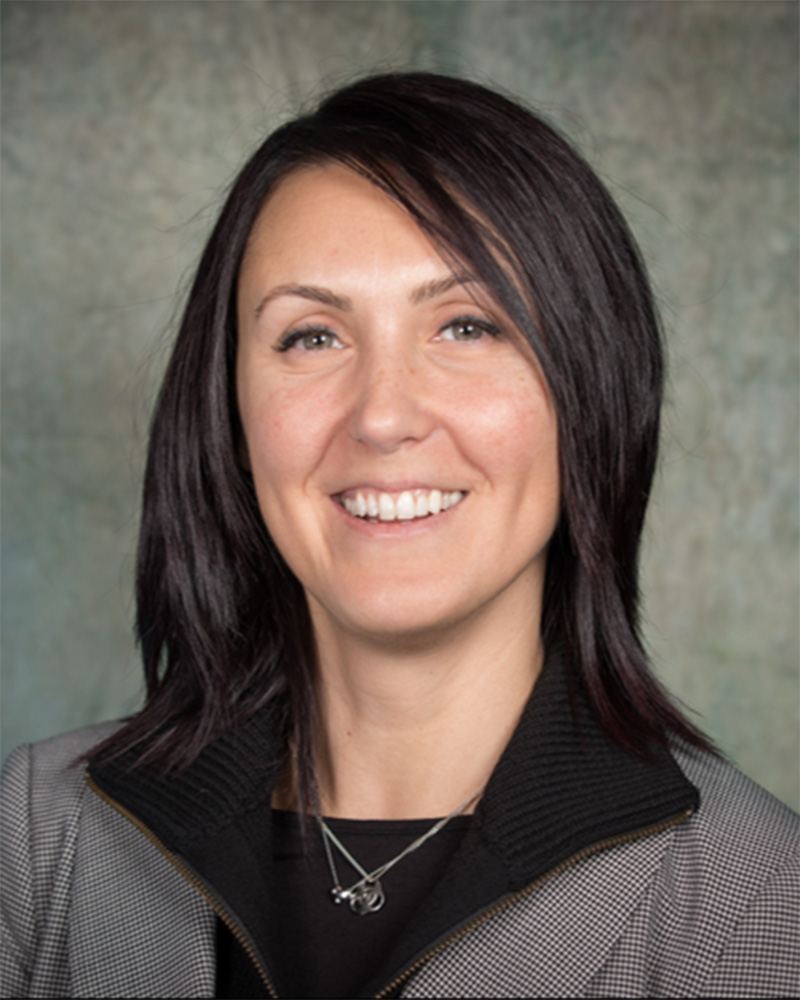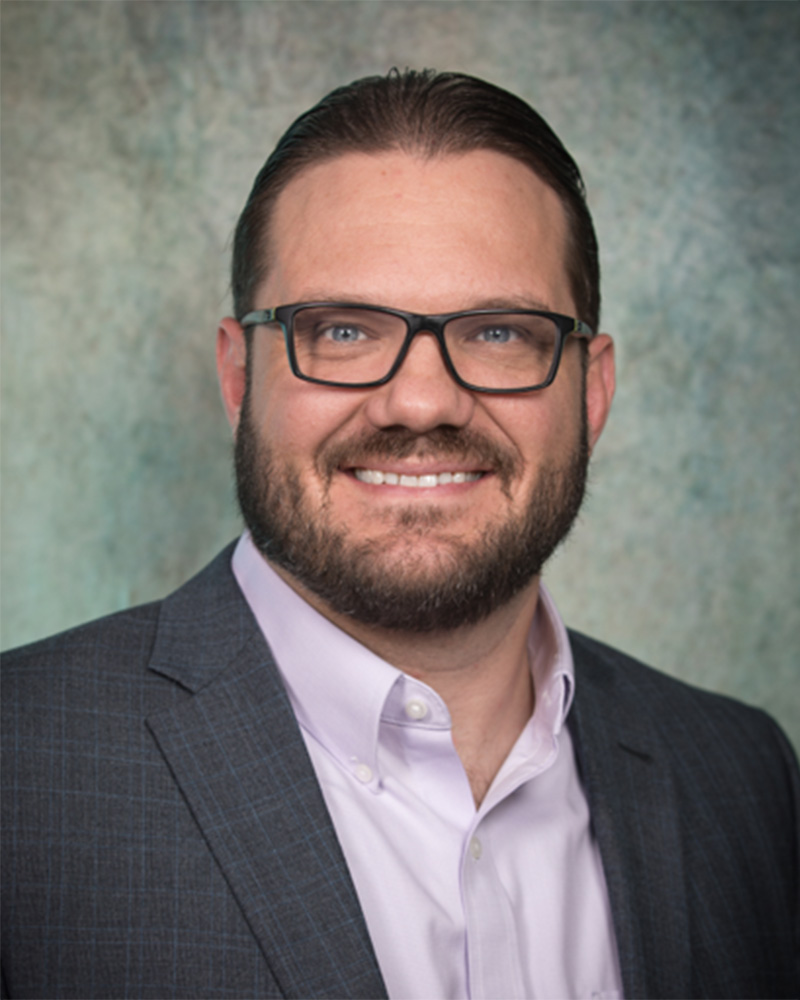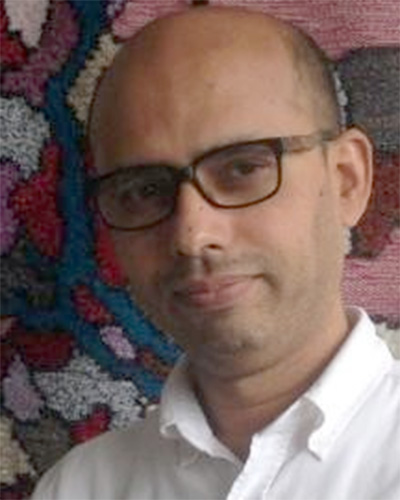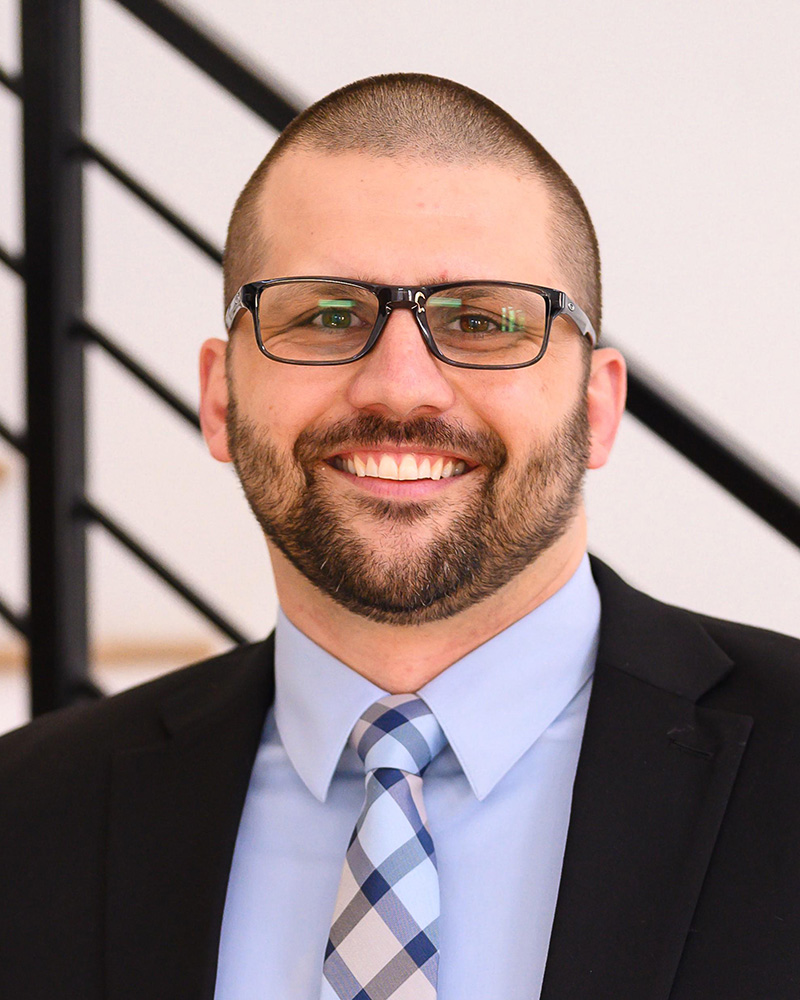Starts in:
In-person Professional Development Courses
All times listed are in MOUNTAIN STANDARD TIME
Saturday Courses
Saturday, November 2, 2024
JW Marriott Phoenix Desert Ridge
Saturday, October 25, 2025, 8:00 AM – 5:00 PM
5. Facilities Fundamentals for Biosafety Professionals
This course is aimed at strengthening biosafety professionals knowledge of how facility operations support overall biocontainment operations. Through a mixture of presentations from experts in the field and interactive exercises, attendees will reinforce their knowledge of facility system function and their roles in facility design, construction, and operation. The target audience for the course is biosafety professionals who come with backgrounds other than facilities, and it is open to both newcomers and seasoned veterans in the field. The first portion of the course will familiarize attendees with the general concepts biosafety-related facility design and their roles in it, along with the fundamentals of HVAC system operation in the context of BSL-2 and BSL-3 facilities. Topics in this portion of the course include: the role of biosafety personnel in biocontainment facility design, renovation, and operations, understanding design drawings and related construction documents, what the relationship is of facility features to biosafety levels, and HVAC components and their function relative to biocontainment. This section will end with the introduction of an interactive exercise on reviewing design drawings. The instructors will lead interactive exercises and discussions of more detailed aspects of containment facilities and their operation, including: specific infrastructure, equipment, and systems related to operation of a biocontainment facility; autoclave function, waste management, associated facility infrastructure; room decontamination in relation to facility components; interactions between facilities and containment equipment; security, operations, and biosafety.
Objectives:
- Restate the roles of biosafety professionals in facility design and operation
- Explain practical approaches for reviewing design documents.
- Describe the function of discrete facility infrastructure, equipment, and systems related to biocontainment facility operations
Suggested Background: Fundamentals of Biosafety, Principles and Practices of Biosafety® (PPB), Risk Assessment
Target Audience: All Biosafety Professionals, All Safety Professionals
Audience Level: Basic
COURSE FACULTY
CONTACT HOURS
This course has been approved for 1.0 CM points toward RBP/CBSP recertification. ABSA International is approved as a provider of continuing education programs in the clinical laboratory sciences by the ASCLS P.A.C.E.® Program. This course is approved for 7.5 P.A.C.E.® contact hours.
Saturday, October 25, 2025, 8:00 AM – 5:00 PM
6. Beginners’ Guide to Comprehensive Biorisk Management: Integrating Biosafety and Biosecurity Practices
This course provides attendees with a comprehensive foundation in biorisk management by integrating biosafety and biosecurity principles within a unified risk assessment framework. Centered around the AMP (Assessment, Mitigation, Performance) model, the course delivers practical tools for identifying, evaluating, and mitigating risks associated with the handling of biological agents and toxins. Attendees will gain a solid understanding of biosafety and biosecurity risk assessments and learn how to apply core assessment strategies effectively. Through a dynamic mix of lectures, real-world case studies, and hands-on group exercises, attendees will explore both foundational and emerging issues in biorisk management. The course emphasizes actionable strategies that can be tailored to diverse institutional environments and translated into improved safety and security practices. Attendees will conclude the course with enhanced awareness of complex biorisk scenarios and the skills to implement risk-informed mitigation measures within their own organizations.
Objectives:
- Describe the AMP model of biorisk management and utilize it to address biological risks
- Develop and implement effective risk mitigation strategies including engineering controls, administrative controls, work practices, and personal protective equipment
- Summarize how the five pillars of biosecurity support biorisk programs, inform performance evaluation and stakeholder engagement to stregthen safety culture
Suggested Background: Micro/Molecular Biology 101
Target Audience: New Biosafety Professionals, All Safety Professionals
Audience Level: Basic
COURSE FACULTY
CONTACT HOURS
This course has been approved for 1.0 CM points toward RBP/CBSP recertification. ABSA International is approved as a provider of continuing education programs in the clinical laboratory sciences by the ASCLS P.A.C.E.® Program. This course is approved for 7.5 P.A.C.E.® contact hours.
Saturday, October 25, 2025, 8:00 AM – 5:00 PM
7. Engineering for the Biosafety Professional Part 2
Proactive biosafety professionals need to be involved and knowledgeable in the operation, maintenance and certification of their containment facilities and building systems. Frequently, the biosafety professional is called upon to participate in the planning, design, and validation of a new biocontainment laboratory or renovation of an existing facility. For the biosafety professional to participate in these activities, they need a foundation of engineering fundamentals, develop skills to ask questions in engineering terms, and have the confidence to question the answers. This course provides engineering principles that are useful in the planning, design, construction, maintenance and operation of a BSL-3 or high containment facility. The principles are expanded to BSL-4 or maximum containment facilities for clarity between BSL-3 and BSL-4 requirements. The information covered in this course is specific to NIH, CDC, and BMBL 6th ed. requirements.
Objectives:
- Discuss engineering principles
- Apply engineering assessment tools for architectural and engineering drawings
- Implement engineering solutions
Suggested Background: None
Target Audience: All Safety Professionals, Operations and Maintenance Staff
Audience Level: Basic
COURSE FACULTY
CONTACT HOURS
This course has been approved for 1.0 CM points toward RBP/CBSP recertification. ABSA International is approved as a provider of continuing education programs in the clinical laboratory sciences by the ASCLS P.A.C.E.® Program. This course is approved for 7.5 P.A.C.E.® contact hours.
Saturday, October 25, 2025, 8:00 AM – 5:00 PM
8. Emergency Planning for Biological Incidents in High-Containment Labs
Planning for emergencies in biocontainment labs is challenging and requires a specialized approach due to the presence of high-consequence pathogens and complex response needs. This course is designed for emergency managers, laboratory personnel, and response teams focusing on preparedness for biological incidents at your facility. Attendees will explore the regulatory requirements outlined in U.S. federal compliance with the Federal Select Agent Program and OSHA guidelines for developing and implementing a comprehensive incident response plan. An efficient and responsive emergency management program closely integrates with biosafety and biosecurity professionals, as well as local emergency management agencies, health departments, and first responders/receivers, to ensure an effective collaborative response. Through hands-on training, attendees will gain practical skills in incident response planning for biocontainment laboratories. Using interactive activities and case studies, participants will learn to conduct risk assessments, develop and implement comprehensive incident response plans, and coordinate effectively with local emergency management agencies. The course emphasizes a systematic planning process—guided by frameworks like FEMA’s 6-step methodology—to help attendees create tailored, compliant, and proactive emergency response strategies. This training enhances both facility preparedness and community safety in the face of biological incidents.
Objectives:
- Identify and prioritize biological risks and hazards in high-containment environments
- Apply structured emergency planning principles to support laboratory leadership decision-making
- Coordinate response efforts with internal stakeholders and external support agencies
Suggested Background: Recommend completion of the web-based course FEMA Independent Study Course IS-230 – Fundamentals of Emergency Management (for familiarization; exam not required)
Target Audience: All Safety Professionals, All Biosafety Professionals, Emergency Management and Health Preparedness Professionals
Audience Level: Intermediate
COURSE FACULTY
CONTACT HOURS
This course has been approved for 1.0 CM points toward RBP/CBSP recertification. ABSA International is approved as a provider of continuing education programs in the clinical laboratory sciences by the ASCLS P.A.C.E.® Program. This course is approved for 7.5 P.A.C.E.® contact hours.
Saturday, October 25, 2025, 8:00 AM – 12:00 PM
9. Nanoparticles in Modern Science—Understanding Hazards, Controls, and Safe Practices
Nanotechnology is revolutionizing many areas of modern life, offering innovative solutions across medicine, science, engineering, and technology. Nanoparticles (NPs), with their unique properties, are defined by composition, size, shape, and surface characteristics, hold significant promise in these fields. However, these same properties present challenges in recognizing, evaluating, and mitigating potential environmental, health, and safety risks associated with the production and application of nanoparticles. This course introduces the types, properties, production and synthesis of nanoparticles, focusing on their interactions with biological systems and associated chemicals, as well as potential implications of radiolabeled nanoparticles. This understanding is crucial for developing effective risk assessment and mitigation strategies for both in-vivo and in-vitro applications. It covers biosafety, biosecurity, and occupational health risks, emphasizing hazard identification, control measures, and knowledge gaps in nanotechnology. Through case studies and interactive exercises, attendees will explore best practices for safe handling, waste management, exposure assessment, and transport of nanoparticles. These hands-on activities will reinforce key concepts, fostering peer learning and collaboration.
Objectives:
- Identify common types of nanoparticles and their key properties
- Evaluate potential risks and safety concerns associated with the production and use of nanoparticles, including occupational exposure and environmental impacts.
- Develop and implement effective risk management strategies for laboratory projects involving nanoparticles, including hazard identification, exposure controls, and best practices for safe handling, waste disposal, and transport
Suggested Background: None
Target Audience: All Safety Professionals, Laboratory Workers, Animal Caretakers
Audience Level: Basic
COURSE FACULTY
CONTACT HOURS
This course has been approved for 0.5 CM points toward RBP/CBSP recertification. ABSA International is approved as a provider of continuing education programs in the clinical laboratory sciences by the ASCLS P.A.C.E.® Program. This course is approved for 3.5 P.A.C.E.® contact hours.
Saturday, October 25, 2025, 8:00 AM – 12:00 PM
10. The Big Bright Beautiful World of BSL-2
Ever wondered why handling human blood samples and culturing infectious influenza both require BSL-2 containment? Or the defining characteristics between BSL-2 and BSL-1 or BSL-3? This course transforms biosafety from a checklist into a strategic risk management framework, adaptable to any facility or resource level. We’ll go beyond textbook scenarios, tackling the gray areas of BSL-2 where critical thinking and adaptability are key. Starting with a rapid refresher on core biosafety principles, we’ll explore how to adjust BSL-2 containment ‘levers’ for real-world applications, even in non-ideal or resource-limited labs. This course isn’t just about following rules—it’s about understanding why they exist. Attendees will explore key topics in biosafety, including distinctions and special considerations of BSL-2 and ABSL-2, the critical difference between regulations and recommendations on lab operations, compare global biosafety guidelines with the BMBL, safe handling of RG-3 agents in BSL-2 settings, emerging BSL-2+ practices, and real-world case studies—such as HIV and SARS-CoV-2—through interactive activities. This course empowers new biosafety professionals to move beyond a rigid, one-size-fits-all approach. Attendees will develop the confidence to make informed, customized containment decisions—becoming strategic biosafety leaders in their field.
Objectives:
- Utilize the BMBL as a framework and move beyond a checklist approach and apply adaptive biosafety practices in diverse laboratory settings, including resource-limited or non-ideal facilities
- Explain BSL-2 containment principles and practices and how this relates to “BSL-2+” containment and allows for the handling of Risk Group 3 agents under BSL-2 conditions
- Adapt the foundation necessary to confidently make non-textbook containment recommendations that will meet BSL-2 recommendations and keep researchers safe
Suggested Background: None
Target Audience: New Biosafety Professionals, All Safety Professionals, Animal Caretakers
Audience Level: Basic
COURSE FACULTY
CONTACT HOURS
This course has been approved for 0.5 CM points toward RBP/CBSP recertification. ABSA International is approved as a provider of continuing education programs in the clinical laboratory sciences by the ASCLS P.A.C.E.® Program. This course is approved for 3.5 P.A.C.E.® contact hours.
Saturday, October 25, 2025, 1:00 PM – 5:00 PM
11. Writing Effective Standard Operating Procedures
This course will offer attendees an understanding of key principles for writing effective standard operating procedures (SOPs). An introduction to the importance of SOPs in achieving desirable and consistent outcomes and issues that must be considered in the SOP writing process will be presented. Examples will include some of the most common human behavior considerations such as compliance, behavioral evolution, complaisance, and strategies to address behavioral concerns that may arise. Attendees will engage in guided discussions about the benefits of an effective SOP writing process and the most common mistakes made by the authors of SOPs. The course will take attendees through the process of writing feasible standard operating procedures (SOPs) including SOP evaluation and validation. Through group interactions, attendees will develop examples of SOPs to illustrate effective writing concepts, present their SOPs to the class, and evaluate each other’s SOPs for feasibility. Instructors will guide attendees through the process by providing critical feedback on the SOP writing process as they progress. The goal of this course is to increase attendees’ awareness of issues that arise when writing standard operating procedures and how these issues affect SOP compliance. Furthermore, the course will provide examples of well-written SOPs that contribute to overall SOP compliance at an institution. The course is intended for those who want to be able to lead or aid in the creation of feasible and effective SOPs in order to enhance both biosafety and biosecurity at their institution.
Objectives:
- Summarize the range of issues that must be considered when writing effective standard operating procedures (SOPs), including human behavior
- Identify strategies for writing effective SOPs
- Illustrate how good standard operating procedures (SOPs) work to enhance both biosafety and biosecurity
- Recognize the value of “feasible” and therefore effective standard operating procedure (SOP) in promoting biosafety and biosecurity best practices
Suggested Background: Fundamentals of Biosafety
Target Audience: All Safety Professionals, New Biosafety Professionals, Laboratory Workers, International Attendees
Audience Level: Basic
COURSE FACULTY
CONTACT HOURS
This course has been approved for 0.5 CM points toward RBP/CBSP recertification. ABSA International is approved as a provider of continuing education programs in the clinical laboratory sciences by the ASCLS P.A.C.E.® Program. This course is approved for 3.5 P.A.C.E.® contact hours.
Saturday, October 25, 2025, 1:00 PM – 5:00 PM
12. Integrating Cyberbiosecurity into Laboratory Biosecurity Programs: Addressing Emerging Threats in the Digital Age
As laboratories adopt AI, digital data systems, and networked instruments, cyberbiosecurity—the intersection of cybersecurity and biosecurity—has become vital. This interactive course introduces cyberbiosecurity as an essential discipline, equipping attendees with the knowledge and strategies to safeguard laboratory Information and Communications Technology (ICT), Operational Technologies (OT), and data assets against evolving cyber threats. Attendees will explore the fundamentals of cyberbiosecurity by diving into key concepts such as identifing laboratory assets, mapping data, and assessing vulnerabilities. Attendees will learn how to conduct comprehensive threat and vulnerability assessments and apply these principles to reinforce biosecurity programs through structured guidance and practical activities. As cyber threats continue to evolve, biosecurity programs must stay agile—capable of identifying, mitigating, and recovering from cyberattacks. This course presents strategies for strengthening cyberbiosecurity resilience through a collaborative, multidisciplinary approach that blends technical skills, professional roles, and oversight responsibilities. Through interactive activities, group discussions, and mapping exercises, participants will evaluate real-world risks and co-develop tailored solutions for laboratory settings. At the end of the course, attendees will be equipped with practical tools to embed cyberbiosecurity into their biosecurity frameworks, ensuring their labs remain secure and adaptable in a dynamic threat environment.
Objectives:
- Define and identify laboratory cyberbiosecurity assets, threats, vulnerabilities, and risks
- Apply threat and vulnerability assessment techniques and develop risk mitigation strategies to enhance laboratory resilience
- Develop a team-based approach to cyberbiosecurity management as an emerging critical component of an overall biosecurity program
Suggested Background: None
Target Audience: Laboratory Workers, All Safety Professionals
Audience Level: Basic
COURSE FACULTY
CONTACT HOURS
This course has been approved for 0.5 CM points toward RBP/CBSP recertification. ABSA International is approved as a provider of continuing education programs in the clinical laboratory sciences by the ASCLS P.A.C.E.® Program. This course is approved for 3.5 P.A.C.E.® contact hours.
Sunday, October 26, 2025, 8:00 AM – 5:00 PM
13. A Scenario-Based Introduction to Agricultural Biorisk Management
This course will review general concepts and considerations for assessing and managing risks encountered in research programs that involve animals, plants, pathogens, pests, facilities, equipment, and work practices relevant to agriculture. The focus will be on hazard identification, risk assessment (qualitative and quantitative), and the strategic use of mitigation practices designed to minimize risks in a wide range of agricultural research applications. Attendees will have the opportunity to practice these skills, using real-world scenarios that demonstrate some of the unique challenges and hazards routinely encountered in an agricultural environment. Exercises will be highly interactive and guide attendees through the entire biorisk management process. Emphasis will be given to key factors that influence selecting effective biocontainment and biosecurity measures; ensuring worker safety; protecting local and regionally-important agricultural commodities (livestock, poultry, crops); preserving the environment (plants, wildlife, water systems); and maintaining public health.
Objectives:
- Review hazard identification and risk assessment techniques appropriate for an agricultural research environment
- Identify practical control strategies to successfully manage hazards and risks relevant to agriculture
- Restate the need for effective biosecurity when working with high-consequence agricultural pathogens and pests
Suggested Background: BSL-3 Operations and Management, Fundamentals of Biosafety, Principles and Practices of Biosafety® (PPB), Risk Assessment
Target Audience: All Safety Professionals, Animal Caretakers, Experienced Biosafety Professionals
Audience Level: Intermediate
COURSE FACULTY
CONTACT HOURS
This course has been approved for 1.0 CM points toward RBP/CBSP recertification. ABSA International is approved as a provider of continuing education programs in the clinical laboratory sciences by the ASCLS P.A.C.E.® Program. This course is approved for 7.5 P.A.C.E.® contact hours.








